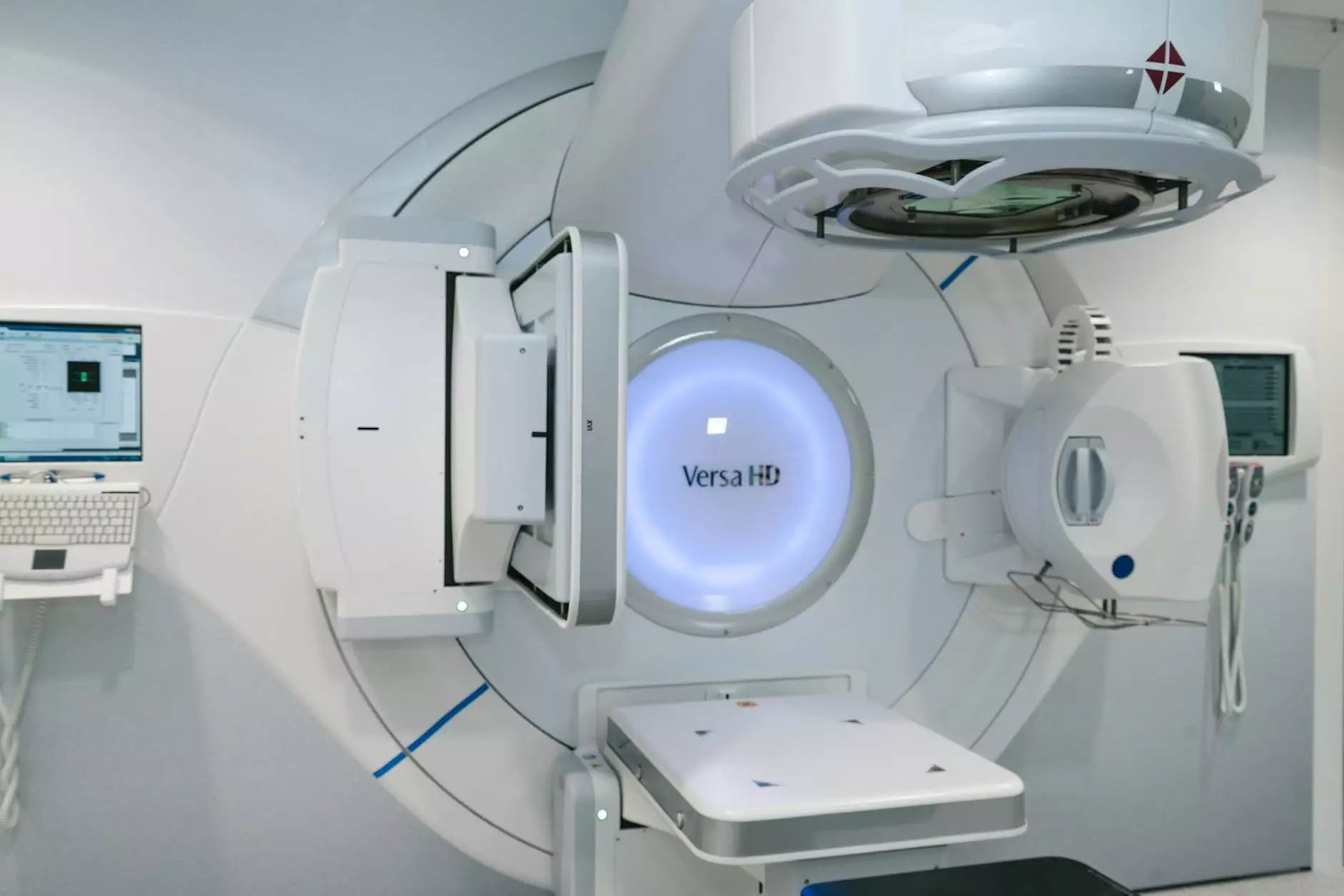Maximizing Connectivity: The Role of In-Building Antennas in Modern Telecommunications

Understanding the Basics of In-Building Antennas
The world of telecommunications is evolving at an unprecedented rate. As businesses expand and technology advances, the demand for reliable internet connectivity has never been more critical. One of the key players in ensuring this connectivity is the in-building antenna system. These systems are designed to improve signal strength, enhance data transmission, and ensure that communication flows smoothly within large buildings.
What are In-Building Antennas?
In simple terms, in-building antennas are specialized devices installed within buildings to boost cellular signals. Unlike traditional antennas that are typically located on rooftops or external locations, in-building antennas are strategically placed inside to tackle specific coverage challenges posed by architecture, construction materials, and user density.
Why are In-Building Antennas Necessary?
As more devices connect to the internet, businesses face increasing pressure to provide seamless connectivity. Here are some reasons why in-building antennas are essential:
- Poor Signal Strength: Buildings can impede cellular signals, leading to dropped calls and slow data speeds.
- Increased Data Consumption: With the rise of IoT and mobile usage, more bandwidth is required.
- High User Density: During peak times, multiple users can overwhelm a building's network, necessitating additional support through in-building antennas.
The Technology Behind In-Building Antennas
In-building antennas work through a combination of signal boosters and distributed antenna systems (DAS). These technologies ensure that every corner of your building receives adequate coverage.
Signal Boosters
Signal boosters amplify existing cellular signals, making them stronger within the building. They consist of:
- Outdoor Antenna: Captures the existing signal from nearby towers.
- Signal Amplifier: Boosts the captured signal.
- Indoor Antennas: Distribute the amplified signal throughout the building.
Distributed Antenna Systems (DAS)
DAS consists of multiple antennas distributed throughout a building, connected to a central source. This system is highly effective in:
- Providing robust service across large areas.
- Reducing congestion in high-traffic areas.
- Supporting various service providers simultaneously.
Benefits of Implementing In-Building Antennas
Investing in an in-building antenna system offers numerous advantages to businesses:
- Improved Connectivity: Ensures that employees and customers enjoy reliable mobile and internet service.
- Enhanced Productivity: Uninterrupted access to data and communication tools boosts workplace efficiency.
- Increased Property Value: A well-connected building is more attractive to tenants and investors.
Choosing the Right In-Building Antenna Provider
With various options available in the market, selecting the right provider is crucial. Here’s what you should consider when making your choice:
Expertise and Experience
Look for a provider with a proven track record in installing in-building antennas. Experienced companies like Teleco.com have comprehensive knowledge of different environments and can tailor solutions to meet your specific needs.
Customized Solutions
A one-size-fits-all approach rarely works in telecommunications. Choose a provider that offers tailored solutions based on your unique building structure, size, and user requirements.
Comprehensive Support and Maintenance
The installation is just the beginning. Opt for a provider that offers ongoing support and maintenance services to ensure your system continues to operate optimally.
Case Studies: Successful Implementations of In-Building Antennas
1. Corporate Office Building
A major corporate office faced connectivity challenges, especially during peak hours. By integrating an in-building antenna system from Teleco.com, they achieved:
- Enhanced signal strength
- Improved employee productivity
- Positive feedback from tenants and visitors
2. Shopping Mall
A prominent shopping mall struggled with dead zones and connectivity issues. Implementing a DAS enabled:
- Seamless connectivity for customers
- Improved sales as customers could access mobile services more reliably
- Attraction of high-profile retailers seeking better service for their customers
Future Trends in In-Building Antenna Technology
The future looks bright for in-building antenna technology. As we advance, several trends may shape the industry:
1. Integration with Smart Building Technologies
As buildings become smarter, the integration of in-building antennas with smart systems will enhance overall connectivity and operational efficiency.
2. 5G Deployment
The rollout of 5G technology necessitates advanced in-building solutions to ensure users receive the high speeds and low latency promised. Providers will need to adapt their systems accordingly.
3. Sustainability and Energy Efficiency
Future antenna systems will likely focus on sustainability, offering energy-efficient solutions that reduce their carbon footprint while providing superior service.
Conclusion
In conclusion, the implementation of in-building antennas is crucial for businesses that rely on superior telecommunications, IT services, and internet connectivity. By investing in the right systems and partnering with experienced providers like Teleco.com, you can improve your organization's connectivity, enhance productivity, and ensure you stay ahead in a competitive market. Don’t let poor signal strength hinder your potential; explore in-building antenna solutions today for a more connected future.
in building antenna








